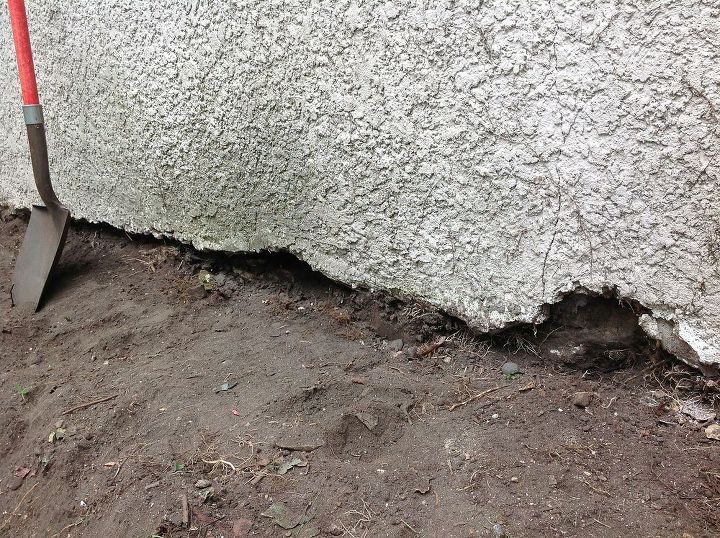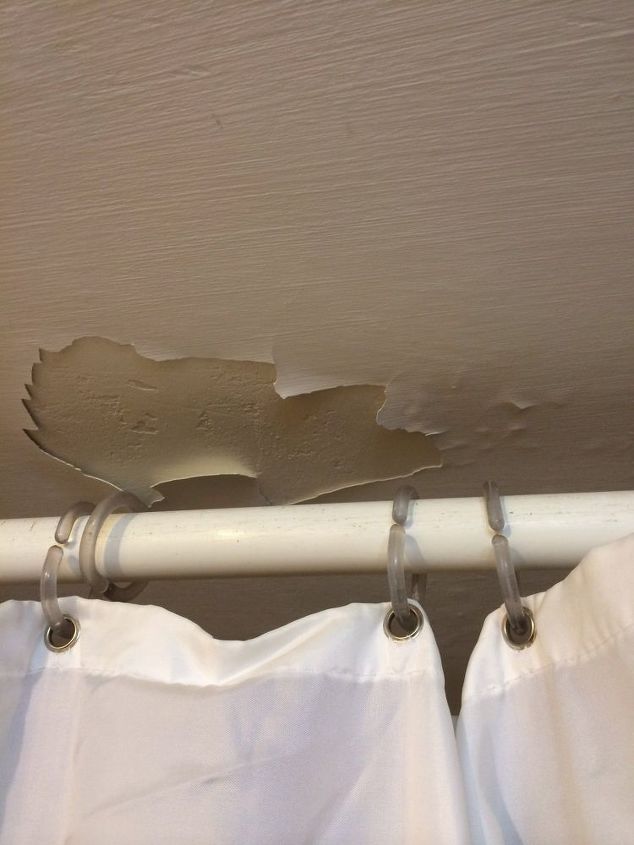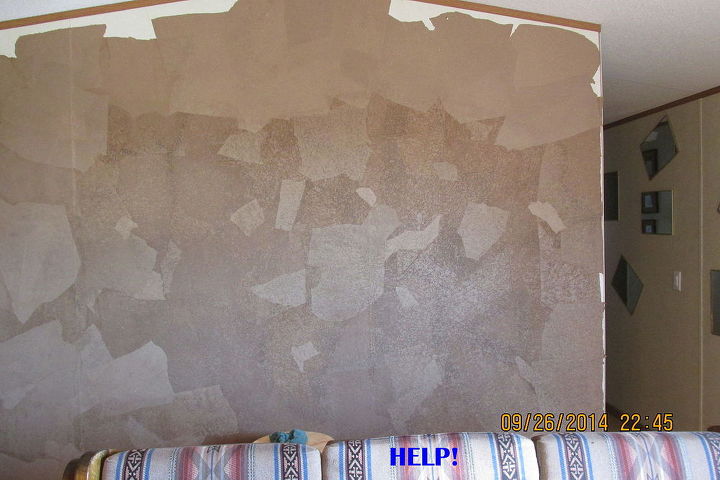Can I fill the large gap between the foundation and my stucco siding?
blocking drainage from the stucco, but I also don't want animals, bugs and vines entering my house. I've included some pictures to help show what I'm describing.
-
Are you saying the 2x4 walls are up in the air and not sitting on a footing? Normally there are footings with a sill plate on which the 2x4 wall sits to prevent sagging and hold up the house. Perhaps building codes are different for the cold area of Mn. If there is a footing I would dig out to the footing, put a 2-by pressure treated sill plate under the 2x4 wall and fill from the footing to the sill plate with concrete. If no footing I would dig down about 12 inches and use a galvanized or heavy plastic mesh to prevent boring animals from digging through, then back fill the hole to a level above the gaps on the stucco tapering the ground away from the house. Plastic landscape paper would also help here. Tapper the ground away from the house, lay out the plastic paper mulch and cover it with cedar mulch. Make sure you cover the bottom of the stucco with the paper and mulch. This will allow runoff away from the house and help keep bugs out. Bugs generally stay away from cedar. Let us know how you make out.
 Midlantic Contracting LLC / Midlantic Electric Inc
on Sep 10, 2013
Helpful Reply
Midlantic Contracting LLC / Midlantic Electric Inc
on Sep 10, 2013
Helpful Reply -
-
I assume the stucco system that was installed is a hard coat system or one coat system. This is simply a wire mesh that fastened directly to the plywood over a tar paper or house wrap in which a cement scratch coat is applied followed by a finish coat that provides the texture to the top surface. What appears to be going on is that the plywood that supports the stucco has been buried into the soil for a length of time. This has caused the plywood to deteriorate and fall away. Leaving only the stucco finish hanging down from the framing part of the house. What should have been done here is a metal finish track should have been placed just slightly below the bottom of the foundation sill area where the stucco should have stopped. It is very common to see stucco brought to far down below the sill area and what you currently have going on is the result. The fix is not all that simple in some respect but it is in others. First off you need to keep the stucco at least six or ideally at least 8 inches above the soil level assuming your foundation wall is that high. In order to do this the stucco needs to be cut back up to the point where a new metal track can be installed to the wood framing that sits on the top of the foundation and finished back into the remaining surface. This can be done by the average home owner with some basic tools but the trick is to match the existing surface texture. This is done using special mixes of cement that has larger or smaller grains of sand and stone. As its troweled onto the surface it creates the texture you have on the wall. The metal track that is installed will hang just about a 3/4 inch below the wood framing and bottom wood plate. This prevents water from moving up and into the gaps between the sill and the cement wall it sits upon. In any case, this is not a drainage style system. But you should not in any event seal off the gap behind the stucco as moisture will go through the surface and trapping it will only lead to more decay further up into the wall cavity. I have seen horror stories where the home owner foamed behind the gap only to trap water in resulting in a very short while a major framing repair issue along with termites and carpenter ants. I would suggest that you hire a professional that does stucco repairs of this nature to assure your not causing more issues then you currently have.
 Woodbridge Environmental Tiptophouse.com
on Sep 10, 2013
Helpful Reply
Woodbridge Environmental Tiptophouse.com
on Sep 10, 2013
Helpful Reply -
-
Call a Contractor. This is one of those jobs that you need profossion help. Good Luck
 Karon Nelson Roberts
on Sep 12, 2013
Helpful Reply
Karon Nelson Roberts
on Sep 12, 2013
Helpful Reply -
Related Discussions
How to get rid of mice?
We seem to have some unwelcome Mickeys and Minnies in our house. What is the best way to get rid of them?
How to remove popcorn ceiling with asbestos?
I want to remove my popcorn ceiling, but it has asbestos in it. How do I go about this safely?
How to caulk baseboard gaps?
How do I fill gaps at baseboard, should I caulk? If so, does anyone know how to caulk baseboards?
How to fix squeaky hardwood floors?
How do I fix squeaky hardwood floors?
Water damage on bathroom ceiling
I am about to patch up this water damage on a low bathroom ceiling. What can i paint/seal the entire ceiling with to minimize future water damage? the ceiling is very... See more
Brown paper floor/wall help
I have purchased a brown roll of paper because I wanted a consistent "vein" look through out the walls and the brown paper bags I was getting would sometimes be "vein... See more







